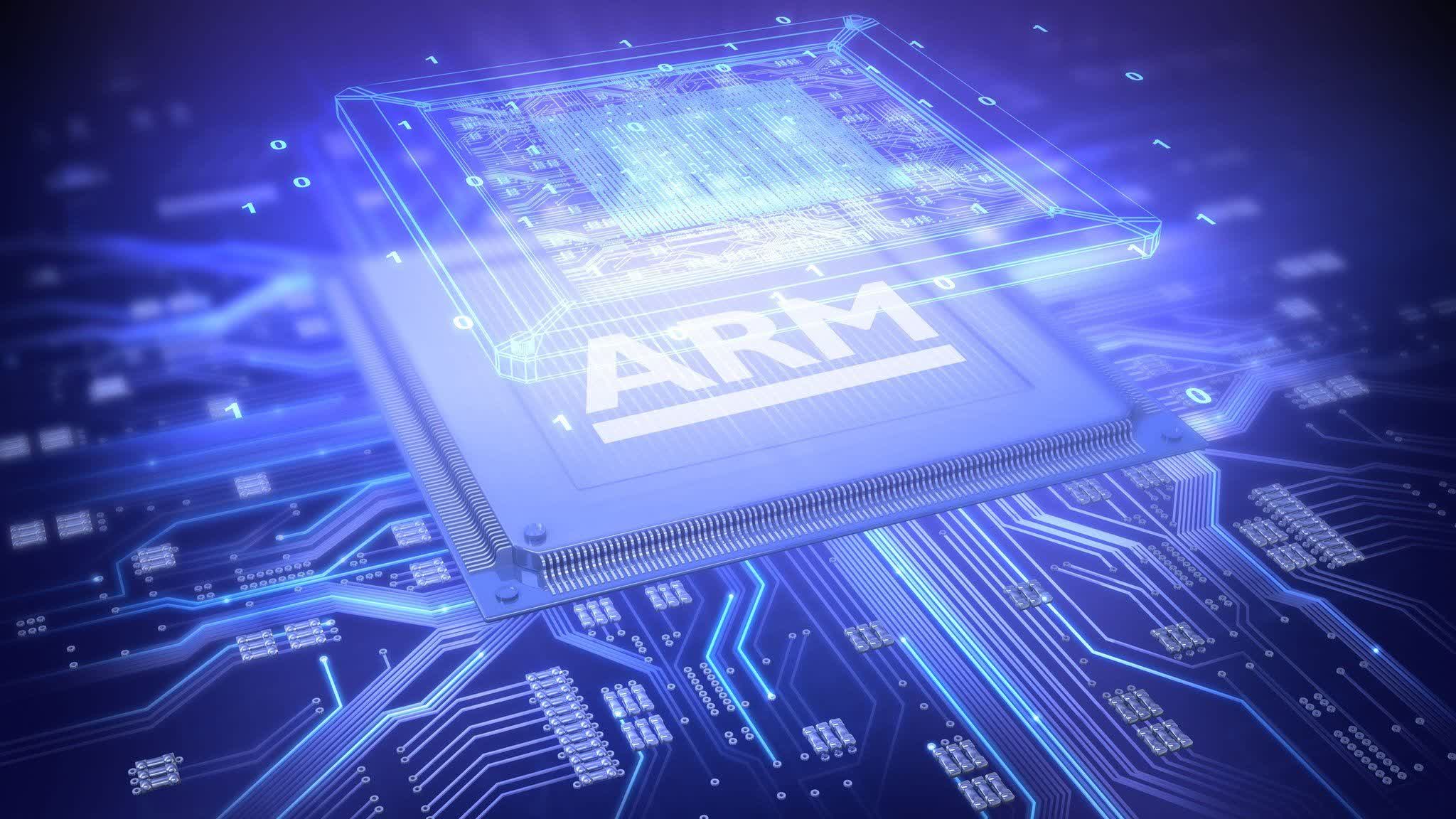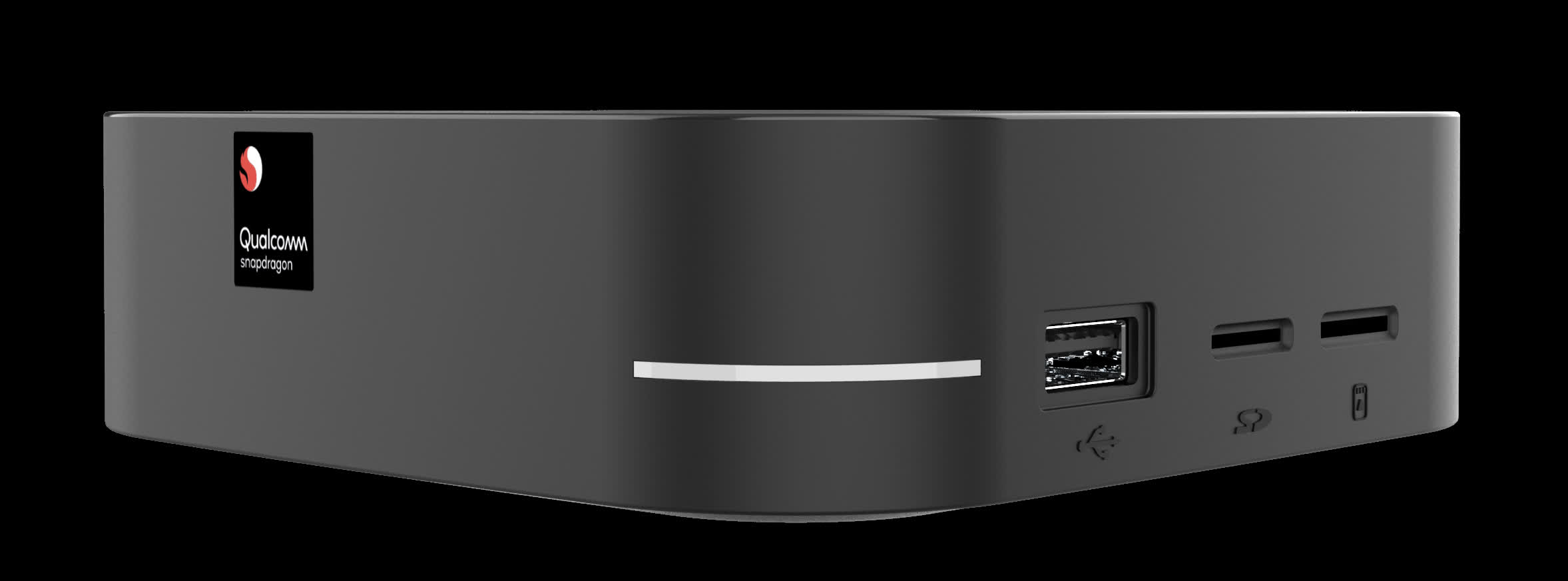Recap: The PC industry has been focused on CPUs based on Intel's x86 instruction set since day one. Arm has tried to get its fair share of the market for quite some time, and the company is now starting yet another belligerent assault against Intel and AMD through several chipmaking partners.

Arm Holdings is working to increase its market share in the Windows PC ecosystem. According to Rene Haas, CEO of the UK chipmaker and semiconductor designer, the Apple ecosystem has "completely converted over" and now it's time for traditional, x86-based PCs to contribute to the company's future business prospects.
Haas was asked about the PC market "potential" during Arm's latest shareholder meeting. His reply was that the British corporation is eyeing Windows as a tangible growth opportunity. PC systems built on Arm chips have been available for years, but Arm's proprietary, mobile and efficiency-focused ISA still accounts for just 1 percent of the PC market, according to the latest data provided by Canalys.
The new Arm attempt at stealing bits of the PC business away from x86 CPUs goes through a diversification of the supplier base, Haas said. For the Arm PC industry to grow, Arm chipmakers will have to provide "multiple units, multiple SKUs, multiple price points, and multiple experiences" to end customers.

Qualcomm and Asus are partnering to bring the Snapdragon X Elite SoC and new gaming-ready Arm PCs to the market, but the two companies aren't the only ones working on new Arm-based systems. Haas said that "multiple suppliers" will start serving the PC market with new Arm systems over the next 12 to 36 months.
Over the next two to three years, the Arm PC ecosystem is expected to take a significant level of market share, Haas stated. Arm PCs can provide "fantastic performance" compared to competing tech, and with a much better battery life. Thanks to the Arm ISA, manufacturers can build a "high-performance" machine with no need for an active fan.
Haas' statements suggest that many companies will start offering their Arm-equipped devices to the PC crowd in the months to come. The company is expecting significant growth once the vendor base diversifies, though different firms will likely aim for different segments of the PC business. The Snapdragon X Elite SoC is designed to power "premium" systems, while other manufacturers could choose a more inexpensive path to the Arm-based PC revolution.
Arm expects more vendors to enter Windows PC chip market alongside Qualcomm Snapdragon